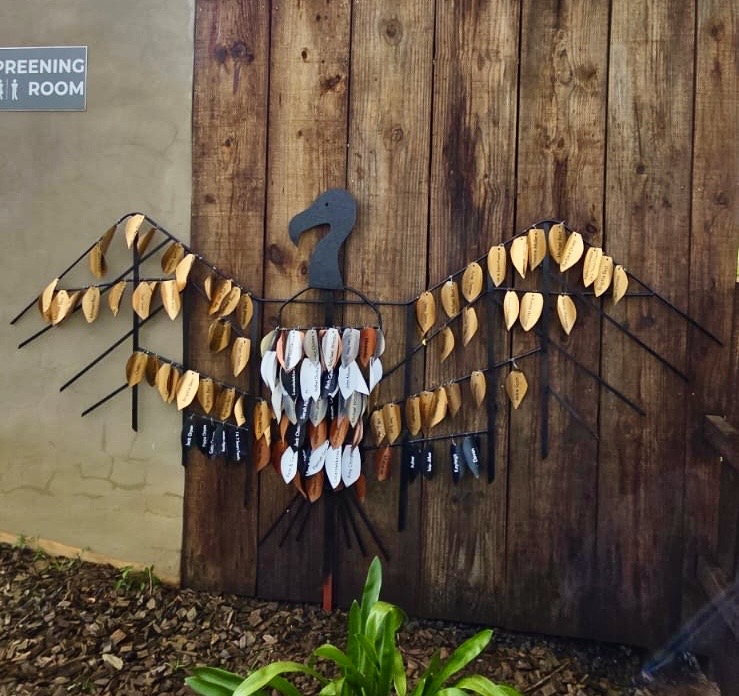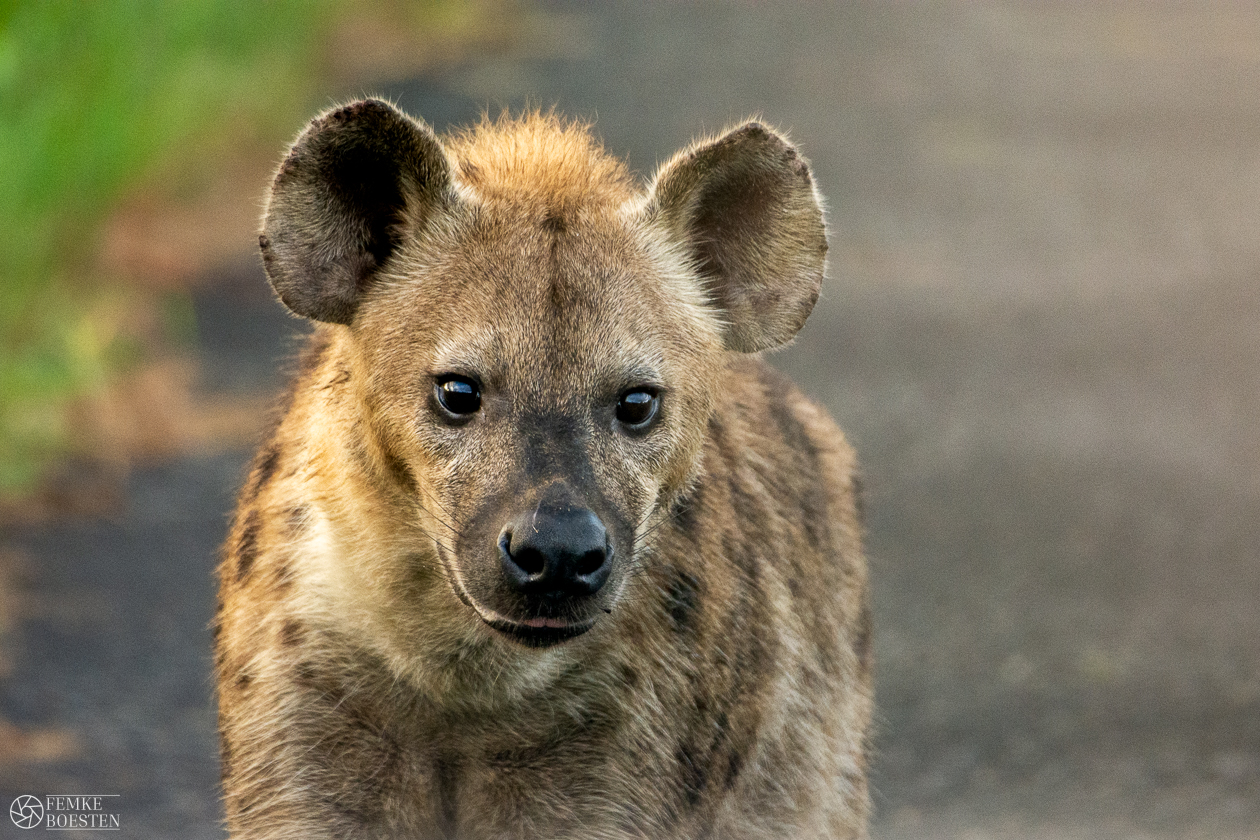The data that is collected by our monitoring teams on a daily basis includes location data, feeding observations, condition assessments, and behavioural observations, with actual specifics depending on the species being monitored and observed. Critical information such as wounds, snares or the birth of new individuals is reported immediately to the reserve’s management staff.
The data that is collected is captured in our database, and transferred to the reserve’s management in the form of both raw data and detailed monthly reports. There are also more comprehensive species reports produced quarterly, which guide the medium- to long-term management of these species. Wildlife ACT’s volunteers are very active in cleaning, capturing and processing this data, thereby converting it into a usable form.

The protected areas use this data in order toreport at species-specific regional and national forums. In addition, data is acritical tool for protected area management decision-making. The following aresome such examples:
- Feeding data from predator observations will inform whether the protected area needs to introduce prey species or is able to remove prey species for sale to other reserves.
- Information about the breeding success of a pack of Wild Dogs will help to determine how many Wild Dogs are available in the regional meta-population, allowing the Wild Dog Advisory Group to relocate and re-populate new areas and thus help grow the population of this endangered species.
- Data pertaining to the interactions between predator species will help to determine protected area stocking rates for these animals.
As a Wildlife ACT volunteer participant, your Priority Species Monitor will involve you in the data collection and reporting processes. However, please note that we are unable to distribute or share the data outside of our projects without a signed research agreement and an approved student research project proposal.

By participating formally in Wildlife ACT’s student programme, registered university students have the opportunity to select a topic from a pre-approved research list for their appropriate level of study. These research topics, determined through discussions with reserve management to address knowledge gaps, ensure a better and more holistic understanding of priority species conservation.




.jpg)


.jpg)




